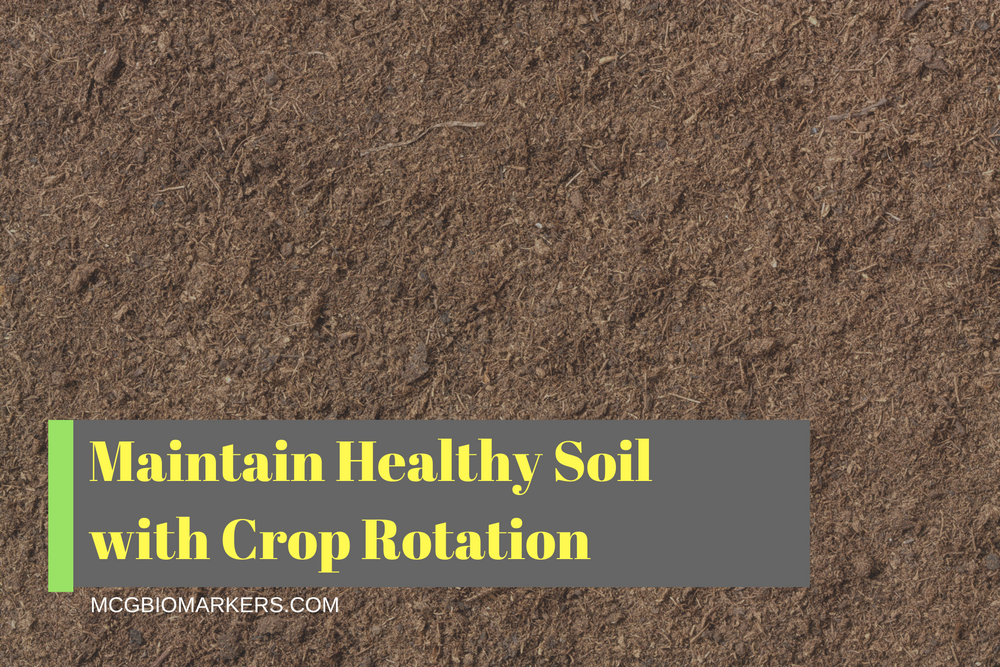 A current emphasis on the benefits of organic gardening is avoiding chemical fertilizers and finding ways of keeping your soil healthy and productive. Crop rotation is among the many things you can do to retain healthy soil while avoiding harsh chemicals. It is a technique that harkens back to organic gardening basics and eliminates common gardening problems like; poor soil quality, diseases, and infectious insects.
A current emphasis on the benefits of organic gardening is avoiding chemical fertilizers and finding ways of keeping your soil healthy and productive. Crop rotation is among the many things you can do to retain healthy soil while avoiding harsh chemicals. It is a technique that harkens back to organic gardening basics and eliminates common gardening problems like; poor soil quality, diseases, and infectious insects.
To practice crop rotation, it helps to understand the different plant families. Each plant family has specific characteristics that benefit the soil differently. So, a good understanding of plant families, as opposed to species, allows you to plot your crop rotation based on the soil nutrient knowledge you have. The four main plant families include:
Flowers/leaves – salad greens, spinach, cabbage, broccoli, Brussels sprouts, and lettuces.
Fruits – cucumbers, tomatoes, corn, potatoes, squash, peppers and eggplant.
Roots – turnips, carrots, radishes, onions, and beets.
Cover crops/legumes – peanuts, beans, peas, clover and alfalfa.
After defining plant families, the next step is dividing your organic garden into four sections, a section for each plant family. For effective results, crop families should not be planted in one section for more than two years in a row. If possible, rotate the crop families every year and keep in mind their soil nutrient needs as well as how they benefit the soil. For instance, legumes require manganese and nitrogen in the soil, fruits require a lot of calcium, and leaves are great at suppressing weeds while deep rooted plants break up compact subsoil.
Based on this information, you can tell what should go where in your organic garden. For example, since root vegetables break up compact soil, they should be followed by legumes. Vegetables like cucumbers and lettuce that are less susceptible to diseases should follow plants that were can be affected by diseases or planted in ant part that has adequate space. It is important to allow one section to remain unused each year. The section is left unused to allow time for regaining nutrients. You could add compost or organic manure during this year but do not plant anything.
When you begin your crop rotation journey, ensure that you keep a record of what you plant in each section every year, the amount of organic manure or compost you add, and the section that remains unused. Note the section differences after every planting season, determine what should be added where and why. Records ensure that you do not plant the same crop family in one section repeatedly or too soon.
The art of crop rotation may sound daunting, but it offers numerous benefits to your organic garden. They include; balancing nutrients, fixing soil nutrients, controlling pests and insects, and preventing common garden diseases. As such, your garden gets conditioned organically. Every organic gardening enthusiast should adopt crop rotation and stick to it. It not only ensures that you get quality produce but also reduces the money and time you spend dealing with pests and poor soil quality.


